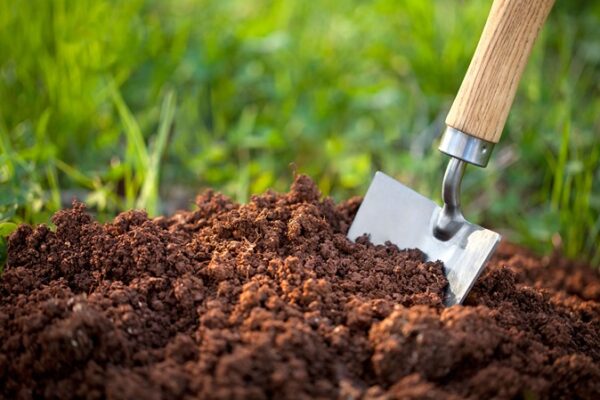How to Identify Best Soil Type For Garden
Gardeners often debate about best soil type for growing vegetables and flowers. Understanding the characteristics and needs of different plant species can help determine the best soil type for their optimal growth. To grow healthy and thriving plants, choosing the best soil type is crucial.

Developing a flourishing and visually appealing garden hinges upon the presence of robust and fertile soil. The process of enhancing and nurturing the soil commences with gaining a comprehensive understanding of its specific composition. Acquiring knowledge about the type of soil you possess proves invaluable as it enables you to make informed choices when selecting plants that are ideally suited to your unique growing circumstances. Additionally, this knowledge empowers you to make informed decisions regarding soil amendments, ensuring that your garden receives the necessary nutrients. Furthermore, the type of soil directly impacts the frequency and duration of watering required for your garden, while also influencing the accessibility of nutrients to your plants. By acquiring the skill of identifying your soil type, you can refine your garden management strategies and construct a solid foundation that promotes the well-being of your plants.
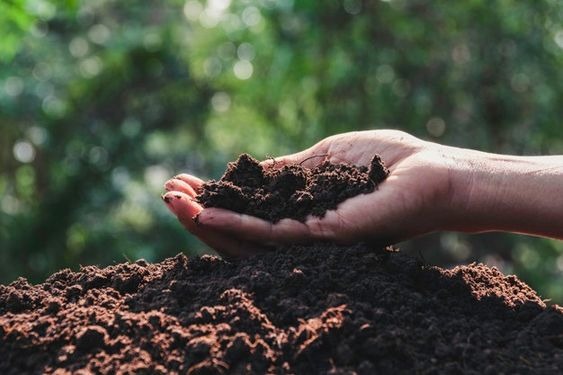
Soil: The Fundamental Constituents
Soil, the fundamental medium for plant growth, consists of a combination of solid particles and pore spaces. The pore spaces, accounting for approximately 50% of the soil’s volume, play a critical role as conduits through which air and water traverse the soil matrix. These spaces facilitate essential processes such as aeration and drainage, allowing roots to access oxygen and ensuring adequate moisture levels for plant uptake.
The remaining 50% of soil is composed of a diverse array of constituents, including minerals, organic matter, and a thriving ecosystem of microbial life. Organic matter, derived from the decomposition of plant and animal residues, acts as nature’s compost, enriching the soil with vital nutrients and enhancing its fertility. Within the realm of soil microbes, a vast range of organisms, such as insects, fungi, bacteria, and earthworms, contribute to the ecosystem’s health. Many of these microorganisms function as decomposers, breaking down organic materials into compounds that can be readily utilized by plants.
The mineral component of soil comprises clay, silt, and sand particles, each with distinct physical properties. The proportions of these materials define the soil’s texture, which plays a crucial role in determining its ability to retain water, provide adequate aeration, and support root development. By understanding the relative amounts of these mineral constituents, one can classify and describe different soil types based on their texture.
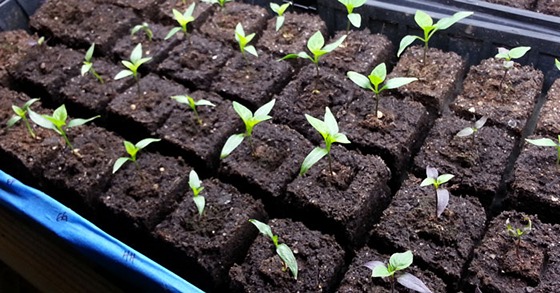
How to Identify Best Soil Type?
To gain valuable insights into your soil’s characteristics, it is highly recommended to collect a sample for testing. The most reliable approach is to take the soil sample to your local County Extension office, where experts can conduct a comprehensive analysis. This analysis not only reveals information about the soil’s texture but also provides crucial data on pH levels and nutrient availability. Additionally, based on the results, specific recommendations can be given regarding soil amendments and the appropriate fertilization techniques for your plants.
If you prefer a more immediate approach, garden centers often offer a variety of products designed for testing soil pH and primary nutrient levels. These convenient tools allow you to assess important soil parameters in your garden without the need for extensive laboratory analysis. Here’s how it works:
- Take a scoop of soil into your palm.
- Add a small amount of water to moisten the soil, if needed, unless the soil is already damp.
- Compress the soil in your hand to form a ball.
- Gently bounce the soil ball in your palm.
- Use your thumb to rub the soil between your fingers.
When engaging with the soil, it is crucial to be attuned to the tactile sensations it elicits in your hands. By paying attention to the following factors, you can discern valuable information about the soil’s texture and type:
During the process of working the soil, assess how it feels in your hands. Consider how well it forms a ball when you gather it together. Observe whether the soil holds its shape and remains intact or if it crumbles and falls apart easily. These observations provide insights into the soil’s cohesion and stability.
Continuing the examination, gently bounce the soil ball in your hand. Take note of its behavior. Does it retain its structure and hold together firmly, or does it break apart readily? This evaluation offers valuable clues about the soil’s ability to maintain its integrity and resistance to fragmentation.
While running the soil between your fingers, focus on the relative grittiness or smoothness of the soil. Note the sensations it elicits. Does the soil feel coarse and gritty, suggesting the presence of larger particles such as sand? Or does it feel finer and smoother, potentially indicating higher proportions of silt or clay? This assessment aids in understanding the overall texture of the soil.
Furthering your examination, rub the soil between your thumb and fingers. Pay attention to its response. Does it form a malleable ribbon-like structure that holds together, or does it crumble easily into individual particles? This observation can reveal important insights about the soil’s composition, particularly regarding clay content and the loose nature of sandy soils.
By considering these questions and carefully evaluating the soil’s responses, you can effectively determine its texture or type. These observations serve as vital indicators that guide your understanding of the unique characteristics of the soil in question.
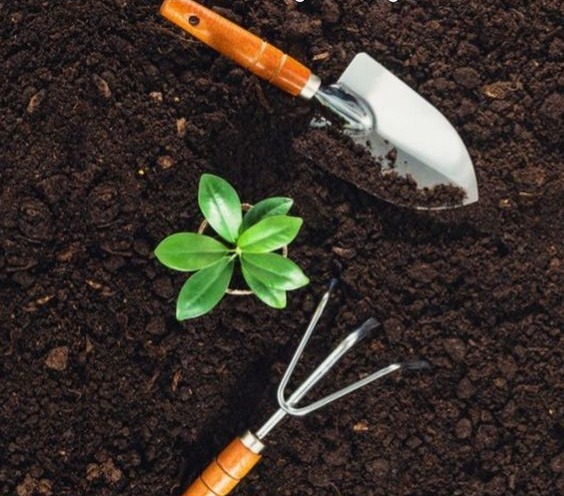
Texture and Feel of Different Soil Types
When discussing soil type, we are essentially referring to the prevalent mineral particles present in the soil composition. It is rare for a soil to consist exclusively of 100% clay or 100% silt, as they usually exist in combination with other mineral elements, in addition to organic matter. Each soil type is primarily characterized by one specific mineral component that dominates the composition. To ascertain the type of soil you have using the texture by feel method, the following guidelines can be employed.
Sand
When you encounter sand particles in the soil, you will notice that they feel gritty when rubbed between your fingers. The texture of sand is characterized by its coarse and granular nature. Unlike soils with higher clay or silt content, sand does not hold together well when compressed into a ball. Although it may briefly form a loose ball when damp, it lacks the cohesive properties to maintain its shape. Consequently, when you bounce a soil ball containing predominantly sandy soil, it readily breaks apart due to its low binding capacity.
When you run your thumb through sandy soil, you will observe that it crumbles easily. The loose structure of sandy soil causes it to disintegrate into individual particles with minimal resistance. As you rub your thumb and fingers together, the sandy soil will not form a ribbon-like structure. Instead, it will crumble and fall apart, as its lack of fine particles prevents it from holding a cohesive form.
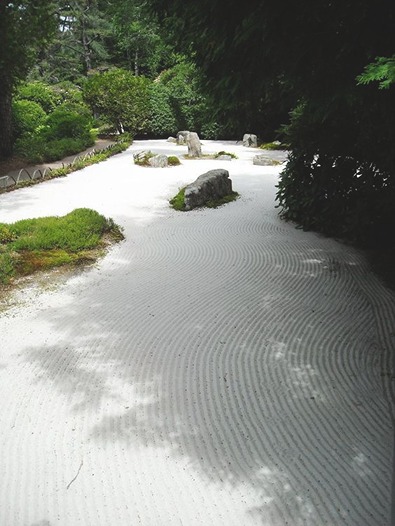
Clay
Clay particles in soil are characterized by their extremely small size and fine texture. When you squeeze clay soil in your hands, you will notice that it feels sticky and cohesive. The compacted nature of clay particles allows the soil to easily form a ball. In fact, you can often mold the clay soil in your hands, shaping it according to your preference. Unlike other soil types, the ball formed by clay soil does not easily break apart when bounced in your palm. The cohesive nature of clay particles enables them to hold the structure of the ball together.
Furthermore, when you run your thumb and fingers through clay soil, you will observe that the particles stick together, forming a ribbon-like structure. As you rub the soil between your thumb and fingers, the clay particles adhere to each other, creating a cohesive ribbon that holds its shape. This behavior is unique to clay soil and distinguishes it from other soil types.

Silt
Silt, similarly to clay, consists of very fine particles, but with a size that falls between clay and sand. When you gather silty soil and form it into a ball, you will find that it holds together quite well initially. However, when the soil is further manipulated or bounced in your hand, it tends to break apart. Unlike clay soil, which maintains its ball shape, the cohesive forces in silty soil are not as strong, causing it to disintegrate more easily.
When you run your thumb and fingers through silty soil, you will notice that it feels soft and smooth, resembling the texture of flour. The particles of silt soil do not adhere strongly to each other, resulting in a lack of cohesive properties. Unlike clay soil, silty soil does not form a ribbon-like structure when rubbed between your thumb and fingers.
To summarize, silt consists of fine particles with an intermediate size between clay and sand. Silty soil can be molded into a ball that initially holds together, but it breaks apart when manipulated. The texture of silty soil is soft and smooth, akin to flour, when rubbed between your thumb and fingers. It does not exhibit the ribbon-forming behavior characteristic of clay soil.
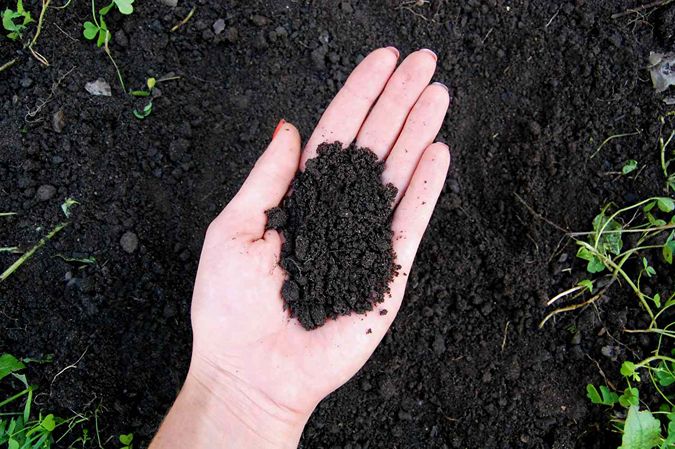
Loam
The term “loam” is employed to describe soils that possess a favorable blend of sand, silt, clay, and organic matter. It is considered the ideal soil type for gardening purposes. Loams can vary in the proportions of sand, silt, and clay they contain, but they typically exhibit a smooth texture when rubbed between your fingers.
When you gather a moistened ball of loam, you will find that it holds together well, demonstrating good cohesion. However, when the loam ball is bounced or when you run it between your thumb and fingers, it readily breaks apart. This behavior is a characteristic of loam soil, as it maintains a balance between cohesive and loose properties.
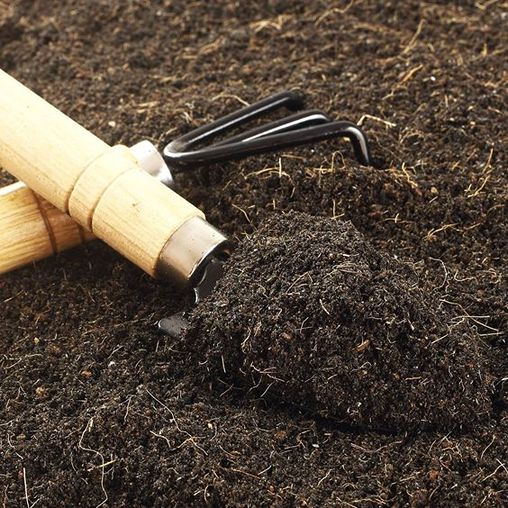
Why Soil Type Matters?
The relative size of individual particles stands out as a significant distinguishing factor among these soil types. Clay soils exhibit the smallest particle size, followed by silt, while sand contains the largest particles. This variation in particle sizes directly influences the dimensions of the pores within the soil, which serve as pathways for the movement of air and water. Naturally, coarse-textured sandy soils, characterized by larger pores, enable water to permeate the soil at a faster rate compared to fine-textured clay soils, which possess smaller pores. Consequently, soils with larger particles facilitate quicker drainage, whereas those with finer particles retain moisture for longer durations, contributing to their higher water-holding capacity.
The soil characteristics mentioned above play a crucial role in determining the irrigation practices suitable for each soil type. It is essential to apply water to the soil at a rate that allows it to be absorbed effectively. This principle guides the use of various irrigation methods, such as drip irrigation, which proves particularly effective in conserving water, especially in clay soils. Drip irrigation ensures that water is delivered slowly and directly to the root zone, enabling it to gradually infiltrate the soil instead of running off the surface. By providing a controlled and precise water supply, drip irrigation minimizes water wastage and maximizes its utilization by plants.
Moreover, irrigation frequency varies based on the soil type. Sandy soils, with their excellent drainage capabilities, necessitate more frequent irrigation to compensate for the rapid water loss. Their large particles and greater pore spaces result in faster water percolation, requiring a higher frequency of watering to meet the moisture needs of plants. In contrast, clay soils exhibit superior water retention properties due to their finer particles and smaller pore spaces. They can retain water more effectively, reducing the need for frequent irrigation. This characteristic allows for less frequent watering intervals while ensuring an adequate water supply for plants.
The type of soil in our gardens has a significant impact on the plants that can thrive in that environment. Certain plants are not well-suited to clay soil, as they may struggle to grow and develop properly. On the other hand, some plants have higher moisture requirements and may not receive adequate hydration in sandy soil. Therefore, understanding your soil type becomes crucial in ensuring a successful garden.
By familiarizing yourself with the specific characteristics of your soil, you can make informed decisions when selecting plants that align with the conditions of your garden. By doing so, you can create an environment where plants are more likely to thrive and flourish. This includes considering factors such as the soil’s ability to retain moisture, its drainage properties, and nutrient availability. By choosing plants that are well-suited to your soil type, you can set a strong foundation for your garden and increase the chances of achieving a vibrant and healthy plant ecosystem.


